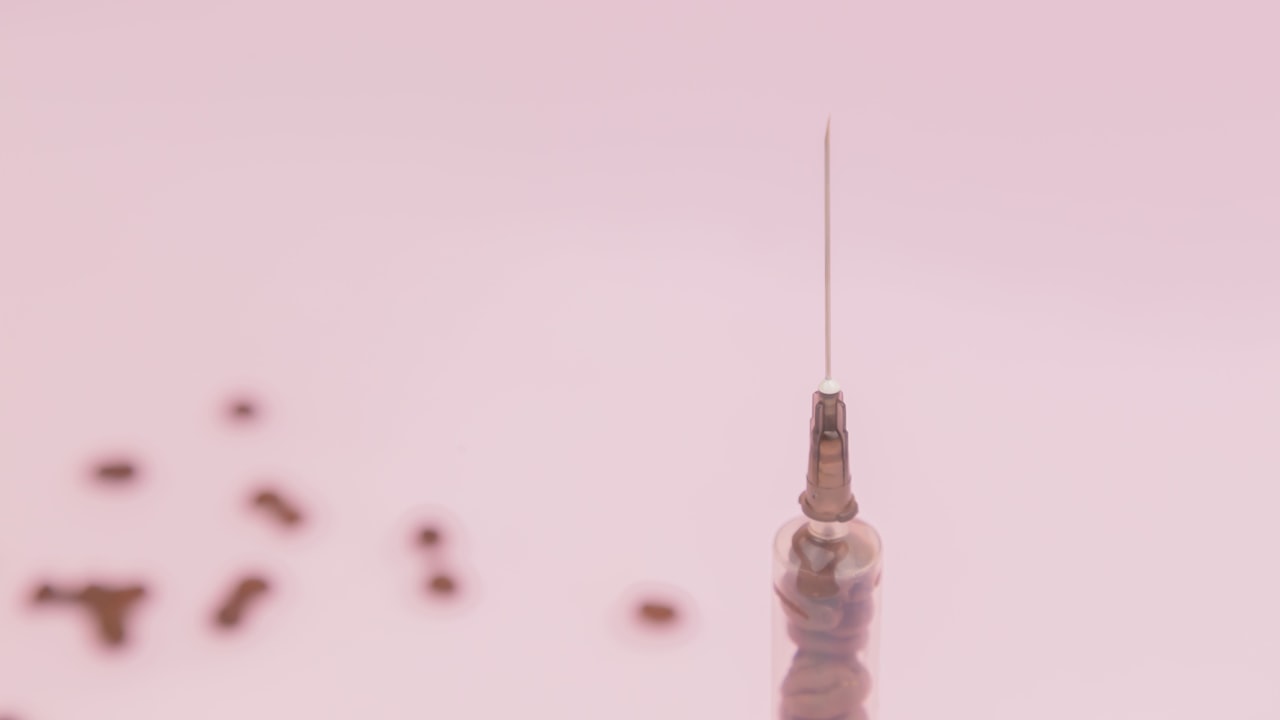Title: Designing Efficient Injection Molds: Key Principles and Strategies
Injection molds play a crucial role in the manufacturing process of various products across industries. A well-designed injection mold is essential for ensuring high-quality and cost-effective production. This article will discuss the key principles and strategies involved in designing efficient injection molds.
One of the fundamental aspects of designing an efficient injection mold is understanding the specific requirements of the product being manufactured. This involves working closely with the client to determine the product specifications, material requirements, and expected production volume. Collaboration between the injection mold factory and the client is crucial in this initial stage to ensure that the mold design meets the desired criteria.
Once the requirements are established, the next step is to create a detailed design of the injection mold. This involves considering factors such as part geometry, gate location, cooling system design, and material selection. The goal is to optimize the mold design for production efficiency, part quality, and overall cost-effectiveness.
Designing efficient injection molds also requires incorporating innovative strategies to enhance productivity and minimize production downtime. This may involve implementing advanced mold technologies, such as hot runner systems, multi-cavity molds, and unscrewing molds. These strategies help improve cycle times, reduce scrap rates, and increase overall manufacturing efficiency.
Furthermore, collaboration with a reputable injection mold supplier is essential for ensuring the successful implementation of the mold design. A reliable supplier can provide expertise in mold manufacturing, precision machining, and quality control processes. Working with a trusted supplier ensures that the injection mold meets the specified design requirements and is delivered on time for production.
In conclusion, designing efficient injection molds involves understanding the product requirements, creating a detailed mold design, and implementing innovative strategies to enhance productivity. Collaboration between the injection mold factory, the client, and the supplier is essential for achieving successful mold design and manufacturing. By following key principles and strategies in injection mold design, manufacturers can improve production efficiency, product quality, and overall profitability.

 Title: Design Principles and Manufacturing Process of Injection Molds
Title: Design Principles and Manufacturing Process of Injection Molds Title: Design Principles and Techniques for Injection Molds
Title: Design Principles and Techniques for Injection Molds